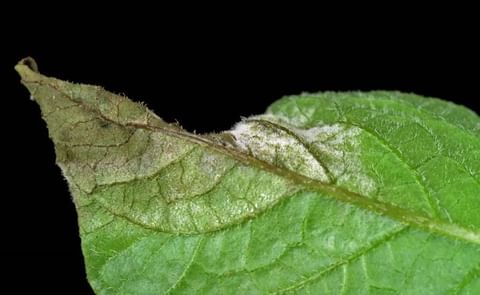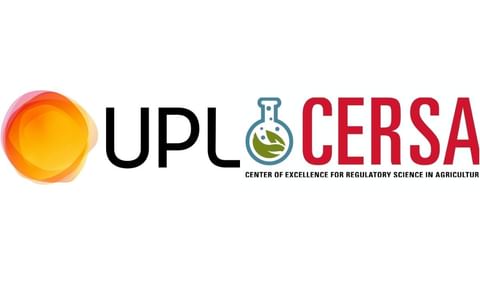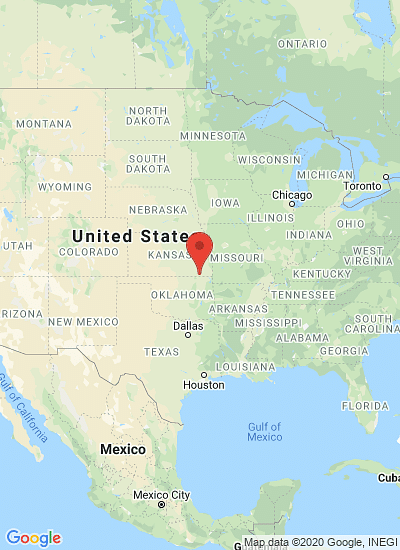In the late 1960s, researchers from the US Department of Agriculture, Penn State University, and the Wise Potato Chip Company teamed up breed a very special potato, which they named the Lenape.
More than 30 years later, one of their colleagues still thought fondly of that spud.
“Lenape was [wonderful],” Penn State scientist Herb Cole told journalist Nancy Marie Brown in 2003. “It chipped golden.”
Yes, the Lenape made a damn fine potato chip.
Unfortunately, it was also kind of toxic.
Lenape was genetically predisposed towards producing an extraordinarily high amount of solanine, no matter what happened to it during growth and harvest.
Related PotatoPro Newsletter:Potato Glycoalkaloids

三月 25, 2013
Like to receive news like this by email? Join and Subscribe!
NEW! Join Our BlueSky Channel for regular updates!
精选企业
Related News

六月 18, 2025
Frito-Lay Rancho Cucamonga Snack Plant Shuts Down After 50 Years
Frito-Lay has ended manufacturing at its Rancho Cucamonga snack plant after 50+ years, affecting potentially hundreds of jobs. While some operations remain, many workers were laid off, with limited transfer options and undisclosed severance details.
六月 07, 2025
Crunch Time: How Potato Snack Brands Are Battling for Market Share
The potato snack aisle is a battlefield-crammed with crisps, chips, fries, and a dizzying array of flavours. With global market revenues expected to reach over USD 126 billion by 2034 and a steady 3% annual growth rate, it’s clear that competition is fierce and only getting hotter.Latest News
Sponsored Content
Sponsored Content
Sponsored Content
Sponsored Content
哪里
Sponsored Content








